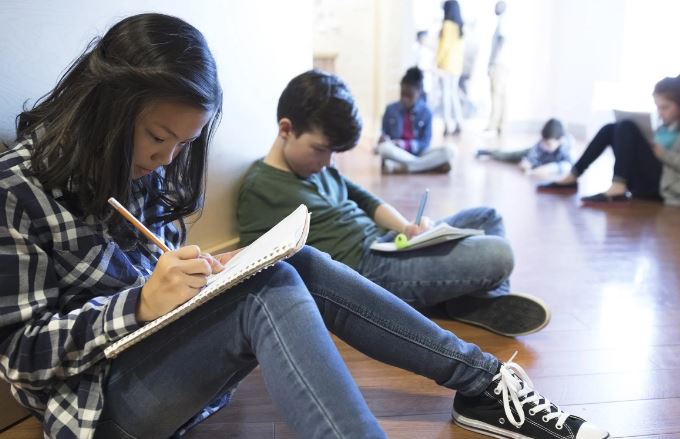In the realm of tutoring, fostering student independence is a crucial aspect that not only enhances academic performance but also empowers learners for lifelong success. Here’s a guide on effective tips to encourage student independence during tutoring sessions:

Set Clear Learning Objectives
Clearly define learning objectives with students at the beginning of each session. This helps them understand the purpose of the lesson and encourages proactive engagement.
Develop a Goal-Setting Routine
Establish a routine for setting short-term and long-term academic goals. Encourage students to articulate their objectives, fostering a sense of ownership over their learning journey.
Promote Self-Reflection
Incorporate moments of self-reflection into tutoring sessions. Encourage students to assess their progress, identify areas for improvement, and strategize on how to overcome challenges independently.
Teach Effective Time Management
Guide time management skills, helping students allocate study time, plan tasks, and meet deadlines. These skills contribute to a sense of control over their academic responsibilities.
Encourage Questioning and Inquiry
Foster a culture of curiosity by encouraging students to ask questions and seek answers independently. This promotes a proactive approach to learning and problem-solving.
Develop Organizational Skills
Teach organizational techniques such as note-taking, file management, and creating study schedules.
Offer Choices and Autonomy
Provide students with choices whenever possible. Allowing them to choose topics, projects, or study methods nurtures a sense of autonomy and personal investment in their education.
Guide, Don’t Spoon-feed
Adopt a guiding role rather than providing all the answers. Encourage students to think critically, explore solutions independently, and seek guidance when needed.
Celebrate Small Wins
Acknowledge and celebrate students’ achievements, no matter how small. Recognizing progress boosts confidence and motivates them to take more initiative in their learning.
Build a Growth Mindset
This mindset encourages resilience and a willingness to tackle challenges independently.
Provide Resources for Self-Study
Equip students with additional resources, such as recommended readings, online tutorials, or educational apps. This empowers them to explore topics independently beyond tutoring sessions.
Encourage Peer Collaboration
Foster a collaborative learning environment by encouraging students to work together on projects or share study materials. Collaborating with peers promotes the exchange of ideas and mutual support.
Incorporate Real-Life Applications
Relate academic concepts to real-life scenarios. Demonstrating the practical applications of what they are learning encourages students to see the relevance and take initiative in understanding the material.
Provide Constructive Feedback
Offer constructive feedback that emphasizes strengths and suggests areas for improvement. Constructive feedback guides students in self-assessment and fosters a sense of responsibility for their growth.
Instill a Love for Learning
Cultivate a passion for learning by connecting lessons to students’ interests. When learning becomes enjoyable, students are more likely to independently explore topics outside of formal tutoring.
Implement Self-Assessment Tools
Introduce self-assessment tools and checklists that enable students to evaluate their understanding and progress. This cultivates a habit of self-monitoring.
Explore Learning Styles
Help students identify their preferred learning styles. Understanding how they learn best empowers them to tailor study approaches that align with their strengths.
Encourage Journaling
Introduce journaling as a reflective practice. Students can record thoughts, insights, and challenges, fostering a deeper connection with their learning process.
Facilitate Peer Teaching
Encourage students to take turns teaching concepts to each other. Peer teaching not only reinforces understanding but also promotes leadership and collaboration skills.
Create a Learning Resources Library
Establish a collection of recommended books, articles, and educational websites. This resource library empowers students to explore topics independently and expand their knowledge base.
Set Up Personalized Learning Plans
Collaborate with students to create personalized learning plans that align with their academic goals. This involves tailoring tutoring sessions to address specific needs and interests.
By implementing these tips, tutors can create an environment that nurtures student independence, instils a sense of responsibility, and prepares learners to navigate their academic journeys with confidence.




